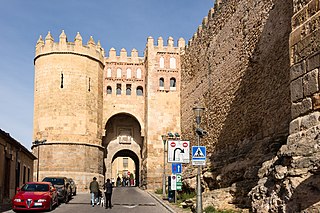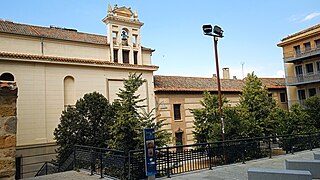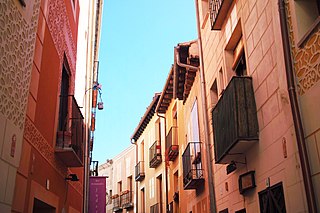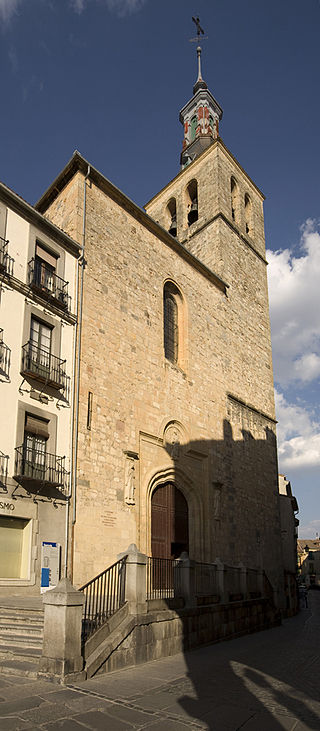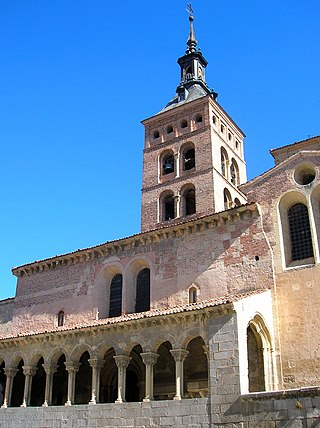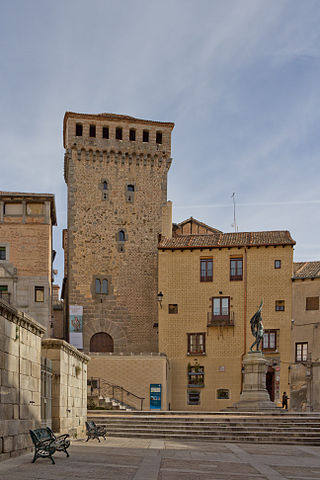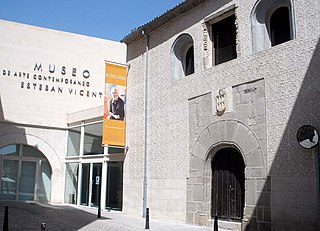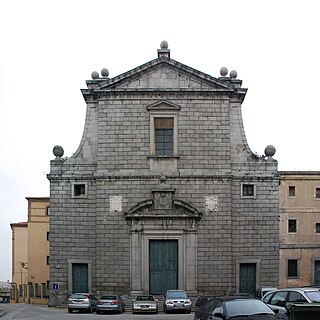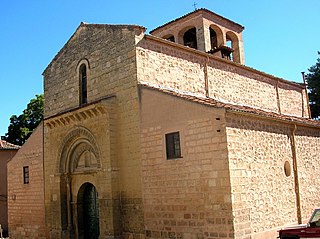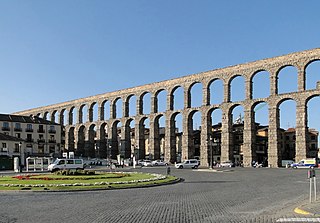Self-guided Sightseeing Tour #3 in Segovia, Spain
Legend
Guided Free Walking Tours
Book free guided walking tours in Segovia.
Guided Sightseeing Tours
Book guided sightseeing tours and activities in Segovia.
Tour Facts
2.3 km
72 m
Experience Segovia in Spain in a whole new way with our free self-guided sightseeing tour. This site not only offers you practical information and insider tips, but also a rich variety of activities and sights you shouldn't miss. Whether you love art and culture, want to explore historical sites or simply want to experience the vibrant atmosphere of a lively city - you'll find everything you need for your personal adventure here.
Activities in SegoviaIndividual Sights in SegoviaSight 1: Puerta de San Andrés
Get Ticket*The Puerta de San Andrés is a city gate in Segovia, Castile and León, Spain, forming part of the city's medieval fortifications. It is listed as a Bien de Interés Cultural.
Sight 2: Sinagoga de los Ibáñez
The Ibáñez de Segovia synagogue was a temple for Jewish worship located between the current streets of Barrionuevo and San Geroteo in the Spanish city of Segovia, within the limits of its Jewish quarter. The date of its construction is unknown, and it is repeatedly mentioned in the first half of the fifteenth century.
Sight 3: Centro Didáctico de la Judería
The Jewish Quarter of Segovia is a neighborhood of the Spanish city of Segovia that was inhabited by the Jewish community at least from the twelfth century and until its expulsion by the Edict of Granada promulgated by the Catholic Monarchs in 1492. At the time, it was one of the richest and most populous communities in all of Castile.
Sight 4: Iglesia de San Miguel
The Church of San Miguel, formally the Royal Church of San Miguel, is a Catholic parish church located in the center of the Spanish city of Segovia.
Sight 5: Iglesia de San Martín
The Church of San Martín is a Catholic temple located within the walls of the Spanish city of Segovia.
Sight 6: Medieval tower of Lozoya
The Torreón de Lozoya is one of the most emblematic buildings of civil architecture in the city of Segovia. It is a palatial complex of two towers, a courtyard and a garden with a porticoed gallery. A towered fortified house very common in Segovia between the thirteenth and fifteenth centuries.
Sight 7: Museo de Arte Contemporáneo Esteban Vicente
The Esteban Vicente Museum of Contemporary Art is a museum in the Spanish city of Segovia, which is based in the so-called Palace of Henry IV. It exhibits works by the painter Esteban Vicente, a native of the province. In 2017, a file was initiated to declare the museum's collection as an Asset of Cultural Interest. This collection is made up of a set of works by the artist and the permanent collection as well as the documentary and bibliographic archive housed in the museum.
Wikipedia: Museo de Arte Contemporáneo Esteban Vicente (ES), Website
Sight 8: Iglesia de San Felipe y Santiago
The Church of the Society of Jesus is a Catholic temple of worship located in the Spanish city of Segovia. It was built in the last third of the sixteenth century on the project of the Italian architect Giuseppe Valeriano for the Society of Jesus, under the invocation of Saint Philip and Saint James.
Sight 9: Iglesia de San Sebastián
The Church of San Sebastián is a Roman Catholic church in the Spanish city of Segovia.
Sight 10: Arcade of the Aqueduct of Segovia
The Aqueduct of Segovia is a Roman aqueduct in Segovia, Spain. It was built around the first century AD to channel water from springs in the mountains 17 kilometres (11 mi) away to the city's fountains, public baths and private houses, and was in use until 1973. Its elevated section, with its complete arcade of 167 arches, is one of the best-preserved Roman aqueduct bridges and the foremost symbol of Segovia, as evidenced by its presence on the city's coat of arms. The Old Town of Segovia and the aqueduct, were declared a UNESCO World Heritage Site in 1985.
Share
How likely are you to recommend us?
Disclaimer Please be aware of your surroundings and do not enter private property. We are not liable for any damages that occur during the tours.
GPX-Download For navigation apps and GPS devices you can download the tour as a GPX file.
